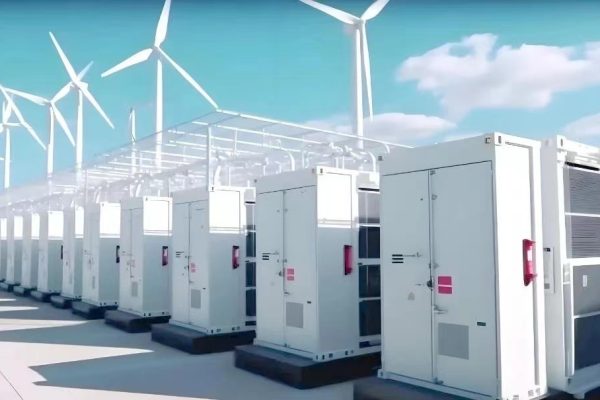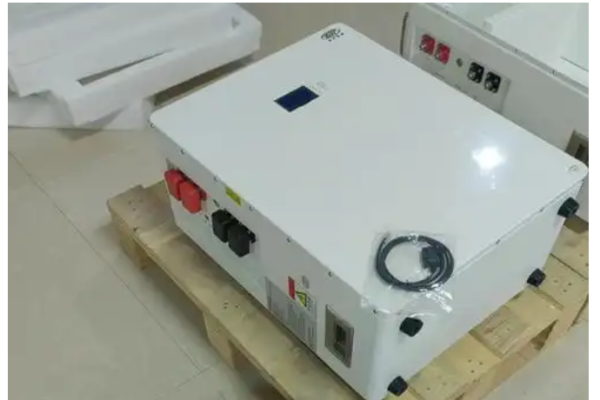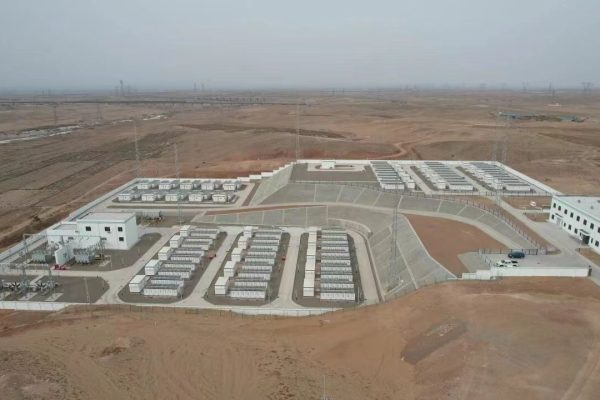In residential energy storage, one of the most common questions from homeowners is:
“How big should my battery be?”
The answer isn’t just about the total kilowatt-hours (kWh) you consume each day — it’s about when and how you use that energy.
This timing pattern, known as your load curve, is the foundation for accurate battery sizing, inverter selection, and overall system performance.
In this article, we’ll explain what a load curve is, how it affects battery capacity, and how to interpret it when designing or purchasing a home PV + storage system.
1. What Is a Load Curve?
A load curve (or load profile) shows how your power demand changes throughout the day.
It’s typically plotted as power (kW) on the y-axis versus time (hours) on the x-axis.
For a typical home:
- Early morning demand rises with cooking, lighting, and heating.
- Daytime demand drops when residents are away.
- Evening peaks again with lighting, entertainment, and air conditioning.
💡 The shape of this curve determines how much energy storage you need and when your system should charge or discharge.
2. Why Load Curves Matter for Battery Design
Your battery system doesn’t just store energy — it reshapes the load curve.
Understanding this helps you determine:
- Battery capacity (kWh): how much energy to store.
- Power rating (kW): how much load to handle instantly.
- Inverter size: how to match battery output to demand.
- Optimal charge/discharge timing: when to store vs. release energy.
Example:
If your peak load is 5 kW but average demand is only 1 kW, your inverter must support 5 kW power output, but your battery might only need 5–10 kWh of capacity depending on usage duration.
3. Common Residential Load Curve Patterns
| Type | Characteristics | Battery Design Implication |
|---|---|---|
| Morning + Evening Peaks | Two short spikes, low midday load | Medium capacity, high power output |
| Flat Curve (24/7 Usage) | Consistent load (e.g., home office) | Larger battery, smaller inverter may suffice |
| Night-Dominant Load | High usage after sunset | Larger capacity, essential PV + storage |
| Weekend Peaks | High usage on weekends only | Moderate capacity with intelligent scheduling |
| Air-Conditioning Heavy | Strong daytime load | Hybrid inverter + oversized PV beneficial |
🧠 Tip: Most homes have evening-dominant curves, making 5–10 kWh systems ideal for partial backup or bill reduction.
4. How to Obtain Your Load Curve
Option 1: Smart Meter Data
If your utility provides 15-minute interval data, you can download your real-time consumption curve directly.
This is the most accurate basis for sizing.
Option 2: Smart Plug or Energy Monitor
Use devices like Shelly EM, Sense, or Smart Life plugs to record usage patterns from key appliances.
Option 3: Manual Estimation
Estimate based on daily habits:
- Lights, TV, and computers (0.5–1 kWh/hour in evening)
- Air conditioning (1–3 kW continuous)
- Kitchen use (2–4 kWh daily)
- Electric water heater (3–5 kWh)
Although approximate, this helps create a baseline for battery sizing.
5. Translating Load Curve to Battery Size
Step 1: Identify Daily Consumption
For example, total = 12 kWh/day
Step 2: Identify Critical Loads
Only 6 kWh are essential (fridge, lights, Wi-Fi, fans).
Step 3: Define Backup Duration
You want 6 hours of backup.
→ Required power = average 1 kW × 6 hours = 6 kWh battery
If you plan to go off-grid overnight, multiply by depth-of-discharge (DoD):
6 kWh ÷ 0.9 (90% usable) = 6.7 kWh nominal capacity
Add safety margin (15–20%) for cloudy days or inverter inefficiency:
→ Final recommendation: 8 kWh battery
⚡ Result: For a small household with 12 kWh/day consumption, an 8 kWh LFP battery + 5 kW hybrid inverter is ideal.
6. Matching Battery Size to Load Curve
| Load Curve Shape | Ideal Battery Size | Reason |
|---|---|---|
| Short evening peak (2–3 hours) | 5 kWh | Focus on quick discharge |
| Long evening peak (5–6 hours) | 8–10 kWh | Full-night coverage |
| Off-grid use (24/7) | 15–20 kWh | Continuous power supply |
| Weekend-only home | 3–5 kWh | Occasional use, fast recharge |
| Solar-dominant home | 5–8 kWh | PV self-consumption optimization |
📈 Rule of thumb:
Battery size (kWh) ≈ average night-time load (kW) × backup hours × 1.1 (margin)
7. The Role of the Inverter in Load Matching
Battery sizing is only half the equation — inverter power rating determines how much load you can serve simultaneously.
For example:
- 3 kW inverter = max 3 kW total household load
- 5 kW inverter = typical full-house coverage
- 8 kW+ inverter = required for heavy appliances or EV chargers
Your load curve peaks reveal whether a 3 kW or 8 kW inverter is necessary.
Even if the battery has enough energy, insufficient inverter power can still cause overload trips.
💬 Example:
Evening load = 4.5 kW (AC + kitchen + lighting) → choose at least 5 kW inverter.
8. Time-of-Use Tariff and Load Shaping
Many regions now use time-of-use (TOU) electricity tariffs, with higher prices during peak hours.
A well-sized battery helps shift energy consumption from expensive evening hours to cheaper solar or off-peak hours.
| Time | Tariff | Battery Strategy |
|---|---|---|
| 8 AM – 4 PM | Low | Charge battery from PV |
| 4 PM – 9 PM | High | Discharge battery to cover load |
| 9 PM – 8 AM | Medium | Maintain low-level backup |
By analyzing your load curve and tariff schedule together, you can maximize economic returns from the same system size.
9. Impact of Solar Generation Curve
A PV system adds another layer to the equation — its generation curve (bell-shaped, peaking at noon) must be aligned with your load curve.
If your load is high at night, your PV energy must charge the battery during midday to cover evening use.
If load is high during the day, a larger inverter and slightly smaller battery might work better.
☀️ Ideal scenario:
PV generation = load + battery charging during the day
Battery discharge = night-time load
This balance minimizes grid dependency and energy waste.
10. Case Study: 6 kW PV + 10 kWh Battery
Household Type: 4-person suburban home
Daily Load: 14 kWh/day
Evening Peak: 5–9 PM, 4–5 kW continuous
System Design:
- PV: 6 kW array generates ~25 kWh/day
- Battery: 10 kWh (usable 9 kWh)
- Inverter: 5 kW hybrid
Performance:
- 70–80% self-consumption ratio
- 100% night-time coverage
- Payback period: ~6–7 years depending on tariff
⚙️ Key insight:
The load curve showed a 5-hour peak at 4.5 kW → guiding the choice of 10 kWh battery and 5 kW inverter.
11. Advanced Tools for Load Curve Analysis
- PV*SOL, HOMER, or Helioscope for load + PV simulation
- Smart home monitoring apps for real-time curve visualization
- Manufacturer sizing tools (e.g., Huawei, Sungrow, Growatt calculators)
These tools allow designers and installers to create accurate load-matching models, avoiding over-sizing or under-sizing.
12. Final Thoughts
Designing the right battery size for home energy storage isn’t about guessing daily kWh — it’s about understanding your load curve.
✅ Key Takeaways:
- A load curve shows when energy is used, not just how much.
- Battery capacity should match duration and intensity of night-time load.
- Inverter power rating must handle peak loads, not just averages.
- Align solar generation and battery charging to reshape your load curve efficiently.
With a clear understanding of your load profile, you can design a balanced, cost-effective PV + storage system that meets your lifestyle, saves on bills, and supports energy independence.









